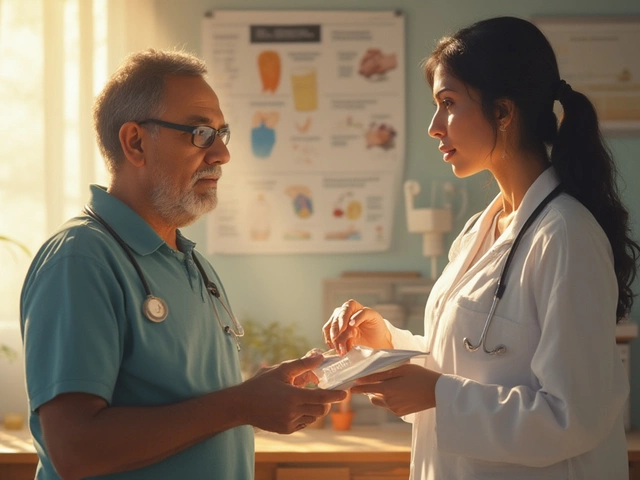Recovery from Heart Surgery: Practical Tips for a Smooth Healing Journey
If you or a loved one just had heart surgery, the road ahead can feel confusing. The good news is that most people get back to normal life with the right plan. Below are simple, everyday steps that help you heal faster and stay safe.
First Week: What to Expect
Right after you leave the hospital, rest is the top priority. Keep your chest incision clean and dry; a gentle shower is fine after the first 48 hours, but avoid soaking the wound. Follow the doctor’s prescription exactly—pain killers, blood thinners, and any antibiotics should be taken on schedule. Missing a dose can delay healing or cause complications.
Breathing exercises are a must. Every few hours, sit up (or prop yourself with pillows) and take five deep breaths, holding each for a count of three before exhaling slowly. This keeps the lungs clear and reduces the risk of pneumonia.
Move a little each day. A short walk around the house, even five minutes, improves circulation and prevents blood clots. Increase the distance gradually—aim for 20‑30 minutes of gentle walking by day seven, but stop if you feel dizzy or chest pain.
Beyond the Hospital: Long‑Term Recovery
Nutrition supports the heart’s repair work. Fill half your plate with colorful veggies, a quarter with lean protein (fish, chicken, legumes), and the remaining quarter with whole grains. Cut down on salty foods, sugary drinks, and fried snacks. If you’re unsure about portion sizes, a simple rule is to keep your palm-sized portion for protein and a fist-sized serving for carbs.
Medication management stays crucial for weeks to months. Use a pill organizer or set phone reminders so you never miss a dose. Keep a list of all medicines and share it with any new doctors you see.
Watch for warning signs. Call your surgeon or go to the ER if you notice any of these: sudden shortness of breath, sharp chest pain that doesn’t ease with prescribed meds, swelling in the legs, fever over 100.4 °F, or excessive wound drainage.
Support matters. Ask family or friends to help with chores, grocery trips, and appointments during the first two weeks. Even a quick phone call can lift spirits and keep you motivated to follow the recovery plan.
Physical therapy isn’t just for big hospitals. Many cardiac rehab programs offer home‑based exercises and virtual check‑ins. These sessions teach safe ways to strengthen the heart, improve stamina, and track progress. If you’re eligible, signing up can speed up the return to normal activities.
Finally, be patient with yourself. Healing a heart takes time, and it’s normal to have good days and rough ones. Celebrate small wins—like walking a few extra steps or cooking a heart‑healthy meal—because they add up to big improvements.
Stick to these basics, stay in touch with your care team, and you’ll find yourself back to everyday life sooner than you think.





